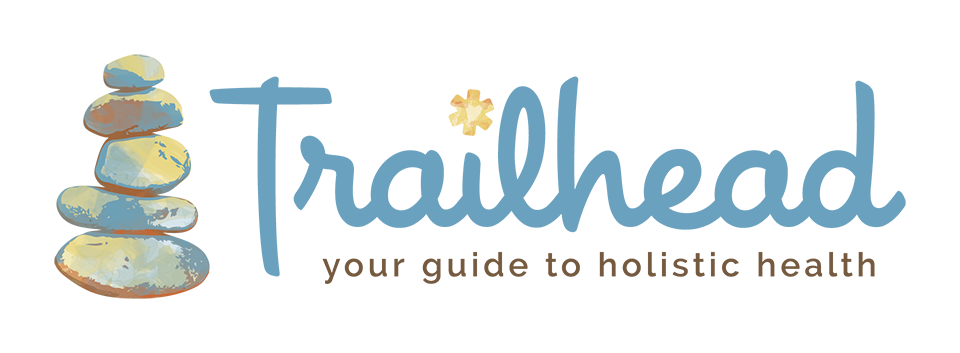Although a myth has persisted for many years that there isn’t a link between a curved spine and pain, doctors now recognize that scoliosis does, in fact, increase the chance of back pain in youth and adults. While it may seem counter-intuitive, exercising can actually help reduce and manage scoliosis back pain rather than make it worse.
UNDERSTANDING SCOLIOSIS PAIN
Before we can go into how working out and keeping limber can offer pain relief, let’s dig into the basics of back pain from scoliosis.
IS IT TRUE THAT SCOLIOSIS CAUSES BACK PAIN?
Rather than directly causing pain, scoliosis is often associated with pain because of how the body adjusts to living with a curved spine. Other areas of the back and body are often compromised, like our back muscles. When our muscles reach their max, pain starts to shows up like a check engine light in a car. Something isn’t working as it should. Some bodies can maintain function for long periods of time before pain shows up, while others with scoliosis might not have any pain.
WHERE DOES THE PAIN COME FROM?
When it comes to living with scoliosis, there are two anatomical explanations for pain.
- Musculoskeletal pain is related to how the skeleton changes with scoliosis — like straining and overworking muscles — and is very common with idiopathic scoliosis.
- Nerve pain is often experienced by people with degenerative scoliosis. As a spinal disc deteriorates, the body has trouble holding itself up, which can start to pinch nerves and cause sharp, radiating pains or numbness in the neck and lower back.
DOES THE SEVERITY OF PAIN VARY?
Scoliosis pain symptoms vary widely, and the amount of pain isn’t necessarily related to the severity of spinal curvature. Mild cases can be painful while severe scoliosis patients don’t have pain at all. Although, generally speaking, the larger the misalignment, the higher intensity of pain. For adolescents, it can sometimes be more painful if the torso and shoulders are shifted over the hips, due to the increased burden upon the muscles on one side of the body. Adults typically experience more pain if they have a forward head posture.
HELPING SCOLIOSIS BACK PAIN WITH EXERCISE
Now that you know more about the basics of back pain and scoliosis, here’s what you should know about using exercise to build strength and live more comfortably.
HOW CAN EXERCISE HELP WITH SCOLIOSIS PAIN RELIEF?
Unlike the advice from many years ago, we now say that sports and movement are a positive thing for people with scoliosis. In addition to keeping joints moving in the spine, arms and legs, exercise also strengthens the muscles affected by scoliosis. This reduces musculoskeletal pain because the body is able to better adapt to the spinal curve without maxing out muscles on one side or the other. However, specific exercises and activities can be detrimental and should be avoided.
HOW DO THE EFFECTS OF EXERCISE COMPARE TO BRACING OR SURGERY?
In many ways, exercise has the opposite effect of bracing, which offers short-term relief but leads to pain in the long-term because the body doesn’t build the strength it needs to maintain alignment after treatment. And when it comes to surgery, you might be surprised to learn that the latest research says there isn’t evidence that scoliosis surgery is better at relieving pain than non-surgical methods. The CLEAR approach uses exercise in complement to chiropractic adjustments and other non-surgical treatments.
WHICH SPORTS AND ACTIVITIES ARE SAFE FOR SCOLIOSIS?
A scoliosis diagnosis doesn’t have to mean giving up the activities you enjoy! Collisions sports and those with highly repetitive motions are riskier when it comes to spinal trauma, but a doctor or physical therapist with expertise in scoliosis can help you assess your case specifically. Swimming, road biking, dance, yoga, short distance hiking and running, and low-impact exercises and activities are all good options! Learn more in our big list of scoliosis workout question and answers.
WHAT ARE SOME BACK EXERCISES FOR SCOLIOSIS?
Because scoliosis back pain is closely tied to back muscles, stretching is a great place to start. Many stretches are performed simply standing, sitting or on the floor. We’ve also outlined six back exercises for scoliosis that help promote good spinal health. The most effective exercise program for your scoliosis will be one that’s developed with a medical professional who understands your curve, posture, muscle tone and the other specifics of your case.
If you or a loved one has been diagnosed with scoliosis, it’s very common to experience back pain as the body tries to self-correct in ways that overwork your muscles. Maintaining or building strength through sports and exercise is a part of living a healthy and active life with the added benefit of reducing your scoliosis pain and discomfort.
(This article was originally published on clear-institute.org)


